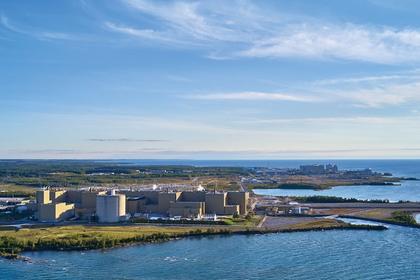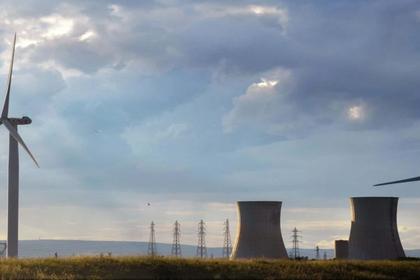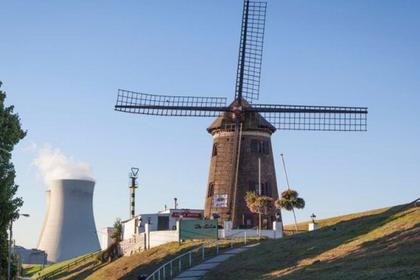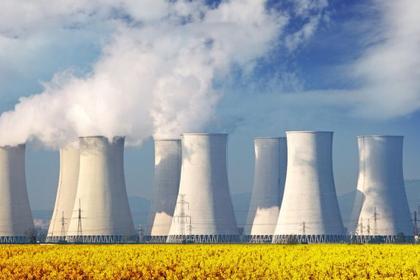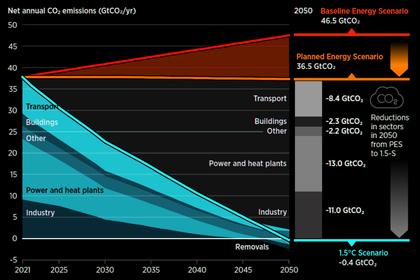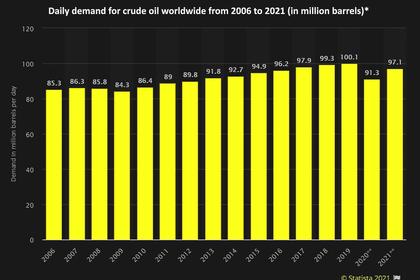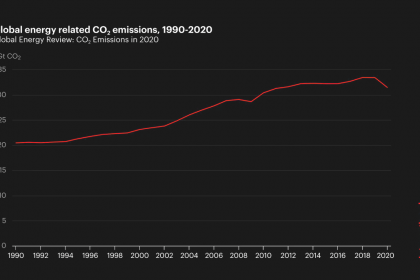
7 NET ZERO PRINCIPLES
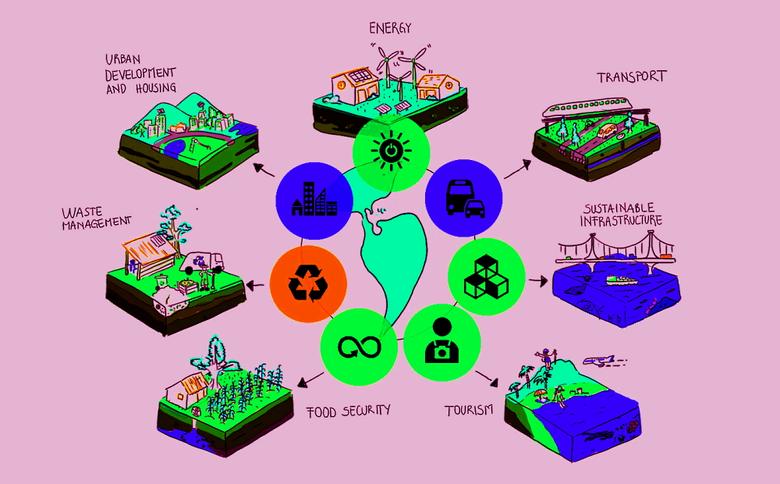
IEA - 31 March 2021 - Seven Key Principles for Implementing Net Zero
Meeting our shared goals for avoiding dangerous climate change requires a dramatic acceleration of progress towards clean growth and resilience. Over 120 countries have so far announced their intention to bring emissions to net zero by the middle of this century. As we look forward to COP26, this growing political consensus is a cause for optimism about the world’s ability to reach the goals of the Paris Agreement. A tremendous amount of work is now needed to turn ambitions into reality.
With that in mind, Canada, the Czech Republic, Denmark, Estonia, Finland, France, Germany, Greece, Hungary, Ireland, Italy, Japan, the Netherlands, Poland, Portugal, Spain, Sweden, Switzerland, the United Kingdom and the United States welcome the following Seven Key Principles for Implementing Net Zero, and we encourage the IEA Secretariat and Members to examine how the IEA, building on its key strengths, can best support the delivery of these principles, in close partnership with other relevant institutions:
1. Sustainable recoveries can provide a once-in-a-generation down payment toward net zero: As countries stimulate economies and build back after the Covid-19 pandemic, they also have an historic opportunity to jumpstart progress toward achieving net zero emissions. The IEA can further support governments to harness the transition to sustainable net zero energy systems as a driver of clean, sustainable growth and job creation.
2. Clear, ambitious and implementable net-zero-aligned roadmaps to 2030 and beyond are critical: Governments can increase international confidence in the transition by setting out national roadmaps for action over the next vital 10 years, which incorporate each country’s diverse circumstances and utilise a variety of low-carbon technologies and options to enhance steady implementation. The IEA can further support governments across the IEA family in the development of net-zero-aligned roadmaps to 2030 and beyond, and provide necessary guidance and assistance to
facilitate implem entation.
3. Transitions will go faster when learning is shared: A wide range of real-world implementation challenges are holding back transitions, including meeting the energy needs of underserved populations and improving safe and sustainable energy access for the poorest and most vulnerable groups. The IEA’s Clean Energy Transitions Programme is supporting governments across the IEA family to navigate the technical and economic transition risks and chart an actionable course towards a sustainable and inclusive energy system. Further enhancing mechanisms to share best practices, collaborate on technology, and provide targeted advice across the IEA family can help drive the pace of transition across the global energy system.
4. Net zero sectors and innovation are essential to achieve global net zero: Today’s earlystage technologies will likely need to contribute almost half of the emissions reductions required to set the world on an ambitious path to net zero. The development and deployment at scale of a range of climate-neutral energy technologies, combined with energy efficiency, can enable rapid, sustainable and deep energy transitions across all major energy use sectors – many of which involve complex value chains that cross national boundaries. Stronger, consolidated public-private mechanisms for international coordination are needed to accelerate innovation and deployment within sectors. The IEA can further enhance and improve its analysis of innovation and sector decarbonisation, and promote joint strategies and approaches across the IEA family, including coordination with other relevant international fora.
5. Mobilising, tracking and benchmarking public and private investment can be the fuel to achieve net zero: There is an urgent need to shift gears on climate-neutral energy investment to put the world on track for net zero. By 2030, the amount of investment required in electricity (generation and grid/storage) needs to rise to more than $1.6 trillion per year to be on track for net zero emissions by 2050. Major international efforts are required to increase capital flows for climateneutral energy in emerging markets and developing economies. Public and private sector actors need to be brought together to create the necessary enabling environments to further catalyse sustainable and socially acceptable energy investment. The IEA can enhance its provision of analysis and practical guidance to both governments and the finance community, including through partnerships with other relevant organisations.
6. People-centred transitions are morally required and politically necessary: As countries seek to advance their shifts to clean energy technologies, the success of these efforts willrest on enabling citizens to benefit from transition opportunities and to navigate disruptions. This includes social, environmental and economic impacts on individuals and communities, as well as issues of affordability and fairness. A focus on training and skills development to equip all citizens to participate in the net zero economy is also critical. Governments should continue to share best practices and, where useful, explore and step up new ways of sharing best practices for designing climate-neutral energy policies that are people-centred and inclusive, including as part of the IEA’s Global Commission on People-Centred Clean Energy Transitions.
7. Net zero energy systems also need to be sustainable, secure, affordable and resilient: Maintaining energy security through transitions is critical. Governments, companies and other key actors need to both anticipate and manage existing and new energy security challenges, including ensuring uninterrupted flow of energy, even as variable power sources increase. This will require ensuring a diverse, sustainable and socially acceptable clean energy and technology mix; making best use of existing infrastructure; and addressing emerging challenges such as climate resilience, cyber risks and the availability and security of critical minerals. Governments should work together to analyse where new mechanisms can contribute to further strengthening the security and resilience of the global energy system alongside a swift net zero transition, which can be underpinned by the IEA’s provision of analytic expertise, best practice and efficient security mechanisms.
Being united by the high level of their ambitions, countries at all stages of development will need to determine their own unique path to implementing net zero according to the diversity of national circumstances and wide range of technologies.
-----
Earlier:
